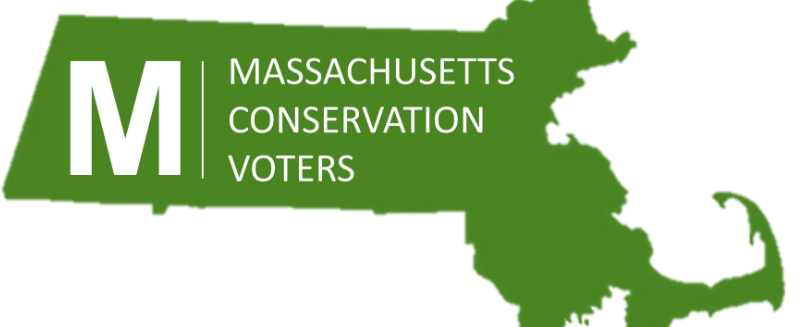Richard leBrasseur | The Conversation | May 18, 2020
Parks matter more than ever during a time of sickness – something Frederick Law Olmsted understood in the 19th century
The COVID-19 pandemic has altered humans’ relationship with natural landscapes in ways that may be long-lasting. One of its most direct effects on people’s daily lives is reduced access to public parks.
The U.S. Centers for Disease Control and Prevention has issued guidelines urging Americans to stay at home whenever feasible, and to avoid discretionary travel and gatherings of more than 10 people. Emergency declarations and stay-at-home orders vary from state to state, but many jurisdictions have closed state and county parks, as well as smaller parks, playgrounds, beaches and other outdoor destinations.
There’s good reason for these actions, especially in places where people have spurned social distancing rules. But particularly in urban environments, parks are important to human health and well-being.
As a landscape architect, I believe that Frederick Law Olmsted, the founder of our field, took the right approach. Olmsted served as general secretary of the United States Sanitary Commission during the Civil War, and his knowledge of contagious diseases informed his visions for his great North American urban parks, including Central Park in New York, Mount Royal Park in Montreal and Boston’s Emerald Necklace park system.
In my view, closing parks and public green spaces should be a temporary, last-resort measure for disease control, and reopening closed parks should be a priority as cities emerge from shutdowns.
To read the full story, please click here.
